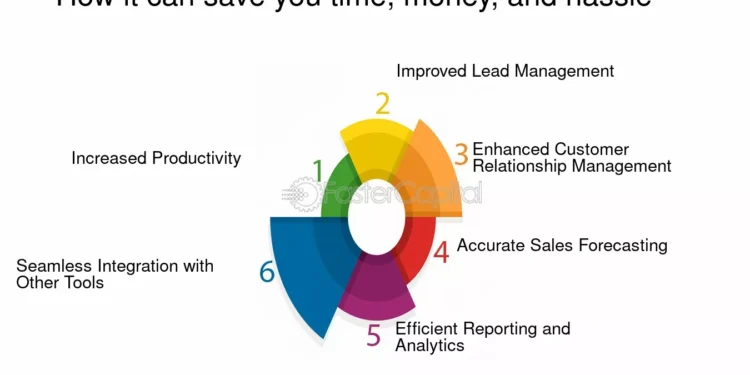One of the biggest promises made in the world of technology is that the right solution will save both time and money. It sounds simple—streamline a process, automate a task, centralize data—but in reality, achieving these efficiencies requires more than just plugging in new software. It takes thoughtful strategy, clear goals, and a deep understanding of how people and systems interact.
What separates effective IT solutions from the rest isn’t just the code or the interface. It’s how well they solve the actual problem they were brought in to fix.
Let’s take a closer look at how well-executed IT strategies have created measurable savings across real business scenarios and what makes those implementations work.
Automating Redundant Tasks in Finance Operations
A mid-sized manufacturing firm was spending over 80 hours a month reconciling invoices between departments. Teams manually checked spreadsheets, cross-verified data, and handled approvals through email chains. Despite the hours invested, errors were common, and the process slowed down supplier payments.
By introducing a cloud-based automation tool integrated with the company’s accounting platform, the reconciliation process was redesigned. Rules were set to automatically flag mismatches, and approvals moved to a centralized dashboard. The result was a 70% reduction in reconciliation time and a significant drop in late payment penalties.
The technology wasn’t new but the way it was implemented to match the company’s workflow made the difference.
Consolidating Legacy Systems for Scalability
A regional logistics provider had grown through multiple acquisitions, each with its own systems. Dispatch ran on one platform, inventory on another, and reporting required manual data extraction from five different tools. IT costs were rising, and decision-making was slower because data couldn’t be trusted across systems.
Instead of continuing to patch these systems together, the company worked with a solution architect to design a unified platform using Microsoft Dynamics 365 as the core. The migration wasn’t overnight it happened in phases but once completed, it allowed for real-time visibility across all business units.
The move not only reduced licensing and maintenance costs by 40%, but it also enabled better demand forecasting and faster route optimization. That translated directly into savings on fuel and staffing.
This project was led by someone like Derek Gleeson, whose experience in aligning business goals with technical frameworks helped minimize downtime and ensure all departments were aligned during rollout.
Streamlining IT Help Desk Services
For one global e-commerce retailer, internal IT support had become a bottleneck. Ticket volumes were rising, but the resolution process was inconsistent and lacked prioritization. Staff waited days for basic issues, while critical problems were sometimes overlooked.
Rather than just hiring more support agents, the company introduced a self-service portal with AI-driven suggestions, live system status updates, and an automated routing system that directed tickets based on urgency and impact.
The average resolution time dropped by 50%, and internal satisfaction with IT support rose substantially. The investment in automation and user empowerment delivered both productivity gains and morale boosts—saving costs in support staffing and reducing downtime across departments.
Improving Customer Onboarding with Workflow Tools
A B2B software provider had a strong product but was losing customers during the onboarding phase. The process involved multiple departments in sales, support, legal, and IT all using different tools. Clients were confused, timelines slipped, and teams often duplicated efforts.
An internal workflow automation tool was deployed that unified the onboarding checklist, set triggers for internal handoffs, and gave customers a single place to track progress. The company didn’t replace all their systems instead, they connected them through smart workflows and transparency.
Churn during onboarding dropped by 30%, and onboarding times were reduced from 21 days to 12. The company not only saved money but created a better first impression that improved lifetime value.
What These Examples Have in Common
Across these stories, the success wasn’t due to a single product or vendor. It came from asking better questions at the beginning:
- Where are we wasting the most time?
- What errors or delays are costing us money?
- Which workflows are more complex than they need to be?
- Are we designing solutions around the way our people actually work?
Rather than adopting tools and hoping they stick, these companies focused on alignment first—between teams, processes, and platforms.
They also relied on experienced professionals who could translate business goals into practical systems. The best solutions didn’t overcomplicate things. They simplified them, quietly and consistently.
Final Thoughts
IT solutions that save time and money don’t happen by accident. They require honest assessments, cross-team collaboration, and a willingness to change long-standing habits. The technology is only half the equation the strategy behind it is what delivers real impact.
When done right, the results speak for themselves: faster workflows, fewer errors, lower costs, and happier teams.





